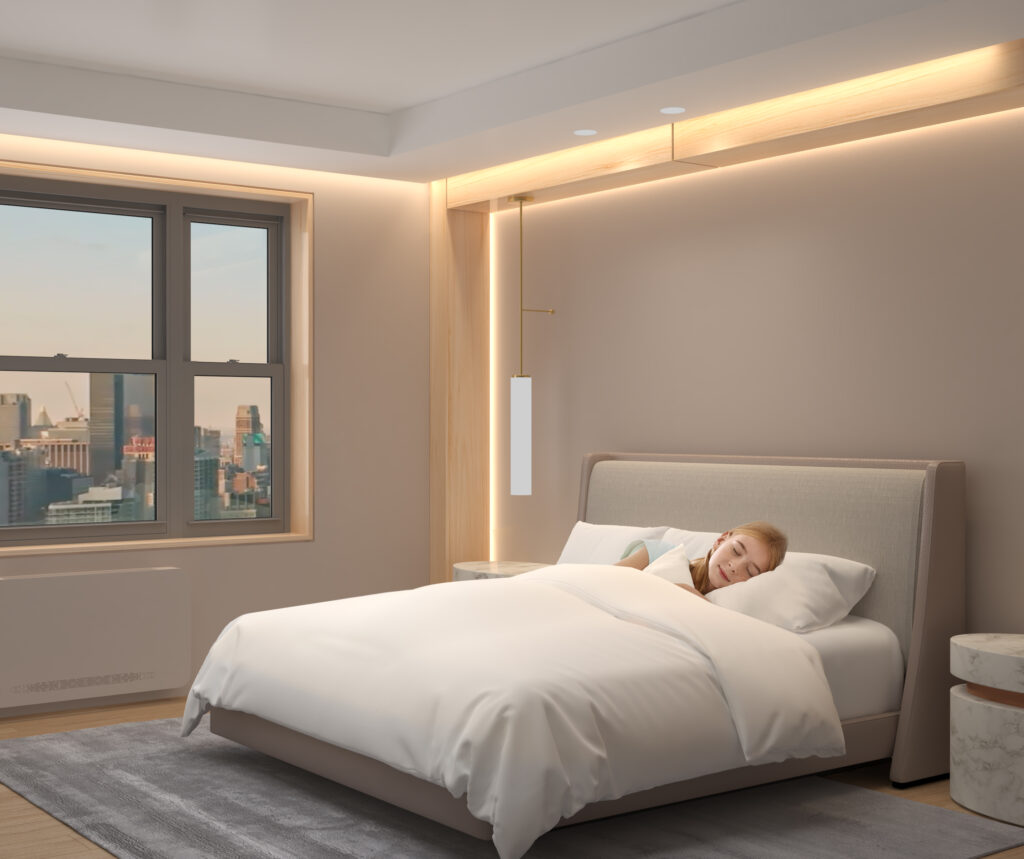Enhance Property Value with Advanced PTAC Heating and Cooling Solutions
Thermal design is more than functional—it influences user satisfaction, asset longevity, and overall space appeal. For commercial and mixed-use developments, aligning heating strategies with architectural intent can impact leasing cycles and energy benchmarks. Today’s development teams seek adaptable HVAC options that integrate into both visual layouts and operational flow. Whether implementing zoning efficiencies or meeting regulatory targets, climate control solutions now serve as essential infrastructure. Success lies in anticipating occupancy shifts and delivering seamless, technically sound performance throughout varied interior environments.
Intelligent Integration Using PTAC Heating Units
Modern development projects increasingly favor PTAC heating units for their balance of independent operation and system reliability. These units allow precise temperature control across individual zones, reducing strain on central systems while meeting varied occupant needs. Their discreet footprint complements design-driven spaces without compromising efficiency. In hospitality, healthcare, and multi-family buildings, unitized heating systems contribute to maintenance predictability and tenant satisfaction. This infrastructure offers scalability and compliance without extensive architectural alteration, allowing developers to upgrade comfort levels while maintaining core structure integrity.

Project Planning Through Scalable HVAC Models
Integrating HVAC into a broader digital or architectural vision requires more than hardware—it demands compatibility with long-term business objectives. The right thermal solution must support cost transparency, servicing timelines, and environmental expectations. Configuring systems early in project development allows for smoother coordination with construction workflows and digital control platforms. The modular nature of PTAC-based strategies supports expansion without disruption. As occupancy changes, systems that respond in real-time help preserve internal climate consistency and property value, especially in spaces that see regular turnover or staggered usage.
Benefits of Commercial PTAC Units in Business Environments
Developers and property managers continue turning to commercial PTAC units for their ability to manage diverse heating and cooling needs within a single facility. Each unit’s autonomy allows for tailored comfort, making them particularly effective in environments with varied daily activities. These units contribute to lower operating costs due to their energy-efficient mechanisms and minimal duct requirements. Their integration reduces downtime in maintenance cycles and eliminates broad-scale outages. When paired with smart infrastructure, PTAC technology can track usage data, helping stakeholders adjust energy strategies and reduce future overhead.
Long-Term Advantages in Facility Operations
The application of commercial PTAC units goes beyond immediate temperature control—they influence long-term performance metrics across commercial developments. From system durability to real-time adaptability, these units align with digital transformation strategies that prioritize automation and data. Facilities that prioritize scalable, localized HVAC infrastructure benefit from reduced service complexity and increased tenant control. The long-term efficiency of these systems supports compliance goals in sectors like education and healthcare while also accommodating design upgrades without core interference. They prove especially effective in vertical expansions and cross-functional mixed-use environments.

Conclusion
Efficient HVAC selection plays a pivotal role in a building’s functional and financial longevity. Whether choosing PTAC heating units for specific zone control or implementing commercial PTAC units for entire complexes, these systems offer versatility and measurable return on investment. Integrating climate control into architectural and operational planning ensures continuity across user demands, design aesthetics, and regulatory compliance. To understand how intelligent thermal systems complement the digital infrastructure and design-driven spaces, explore project-driven solutions at Nextac.com. Strategic climate control is no longer optional—it is a competitive asset that shapes modern property success.
Comments
Post a Comment